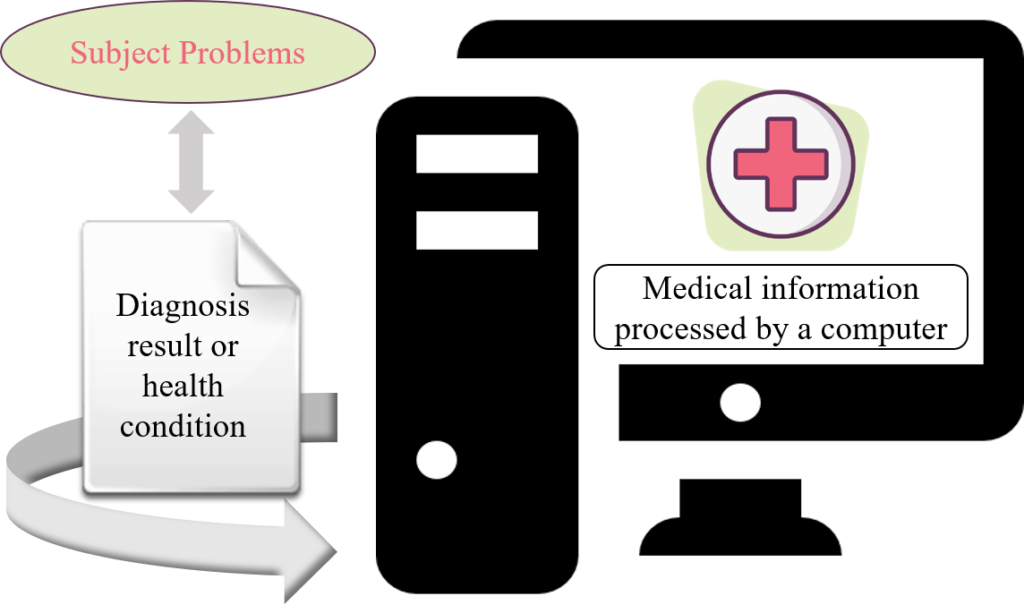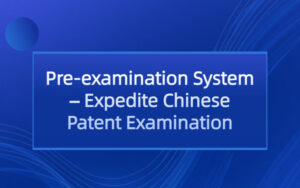Examination of Inventions Involving Combination of Computer and Medical Technology Explained in Amended Draft of the Guidelines (Second Draft for Comment)
In order to keep up with the modification of the Patent Law and the Implementing Regulations, the China National Intellectual Property Administration (CNIPA) carried out the modification of the Guidelines of Patent Examination. On October 31st 2022, the CNIPA released the Amended Draft of the Guidelines (Second Draft for Comment). The contents of the Second Draft for Comment are quite important. This draft shed some light for the future modification of the Guidelines and the changes of patent examination.
With the development of big data and artificial intelligence, the application of computer science in the medical filed becomes a common practice and relevant patent applications increase rapidly. When examining patent applications of the medical filed, the examiner should determine whether the subject matter of the application belongs to “methods for diagnosis or for treatment of diseases”. However, whether the combination of computer science with diagnosis and treatment methods has the problem of subject matter, the current Guidelines has no specific explanation. Therefore, in order to facilitate the examination of relevant applications, the CNIPA add some regulations in this Draft for Comment.

Comparison Table – Amendments regarding the Methods for Diagnosis or for Treatment of Diseases
| Guidelines Implemented on February 1st, 2020 | Amended Draft of the Guidelines (Second Draft for Comment) | Explanation: Amended Draft of the Guidelines (Second Draft for Comment) |
| 4.3.1.2 Inventions Not Belonging to Diagnostic Methods The following are examples which do not belong to diagnostic methods: (1) method of pathological anatomy practiced on a dead human or animal body; (2) method the immediate purpose of which is only to obtain information from the living human or animal body as an intermediate result rather than to obtain the diagnostic result or health condition, or method of processing such information (e.g., physique and body parameters, physiological parameters, or other parameters); and (3) method the immediate purpose of which is only to treat or test the body tissues, body fluids, or excrements that have been removed from the human or animal body in order to obtain information as an intermediate result rather than to obtain the diagnostic result or health condition, or method of processing such information. As for the above items (2) and (3), it should be noted that only if the diagnostic result of a disease and health condition cannot be reached immediately based on the obtained information per se in accordance with the medical knowledge in the prior art and the disclosure of the application, can the information be regarded as an intermediate result. | 4.3.1.2 Inventions Not Belonging to Diagnostic Methods The following are examples which do not belong to diagnostic methods: (1) method of pathological anatomy practiced on a dead human or animal body; (2) method the immediate purpose of which is only to (i) obtain information from the living human or animal body as an intermediate result rather than to obtain the diagnostic result or health condition, or method of processing such information (e.g., physique and body parameters, physiological parameters, or other parameters); or (ii) treat or test the body tissues, body fluids, or excrements that have been removed from the human or animal body in order to obtain information as an intermediate result rather than to obtain the diagnostic result or health condition, or method of processing such information. It should be noted that only if the diagnostic result of a disease and health condition cannot be reached immediately based on the obtained information per se in accordance with the medical knowledge in the prior art and the disclosure of the application, can the information be regarded as an intermediate result. (3) information processing method the procedures of which are implemented by computers, and the immediate purpose of the which is not to obtain the diagnostic result or health condition. | 13 Methods for Diagnosis or for Treatment of Diseases (Chapter 2 Part 1 4.3.1.2) For an information processing method involving diagnosis implemented by a device with information processing capabilities such as a computer, it is highly subjective to determine whether the result obtained by the method is an “intermediate result”. Therefore, the information processing method implemented by a computer or other device, the steps of which are clarified and the immediate purpose of which is not to obtain a diagnosis result or health condition, is not a method of diagnosis. |
Examples
Positive example (not belonging to a diagnosis method)
Claims
A method for photographing internal organs, comprising:
acquiring at least one first image related to the internal organs;
obtaining a classifier for identifying visceral shapes;
identifying, by the classifier, the shape of the internal organs in the at least one first image;
Based on the shape of the viscera, a target viscera is determined, and at least one second image of the target viscera is captured based on the position of the target viscera.
Analysis
The application utilizes a computer to process information for the purpose of determining the target internal organs, not for obtaining a diagnosis result or health condition. Although the images are captured for disease diagnosis, the direct result of computer processing is not a diagnosis. The application may not be recognized as a diagnostic method at the time of examination, and the risk of subject matter problems is low.
Negative example (belonging to a diagnosis method)
Claims
A method for recognizing images of gallstones, comprising:
obtaining an image of the gallbladder to be tested;
inputting the gallbladder image to be tested into a neural network;
using the neural network, extract the image features of the gallbladder image to be tested;
obtaining the, the severity of the stones in the gallbladder image to be tested based on the image features.
Analysis
The technical method of the claims is carried out by a computer. Although it involves technical means, including image processing and extraction of image features through neural networks, the computer determines the diagnosis result of cholecystolithiasis through image processing of the neural network. In other words, the direct result of the computer processing is the diagnosis result. The application may be identified at the time of examination as a diagnostic method with a high risk of subject matter problems..
Summary
To sum up, this Second Draft for Comments provides a clear subject matter boundary for the combination of computer and medical technology. Through this boundary, it can not only help the examiner to conduct a clearer examination of the patent application, but also provide guidelines for enterprises with respect to application subject matters.
Want to know more about subject matter problems in Chineses patent application examination:
Common Problems of Patent Subject Matters in the Field of IT

